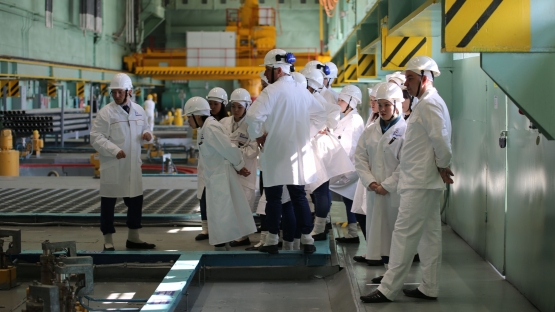Many Member States continue to consider nuclear power as a proven, clean and economical energy source that can improve energy supply security. Currently, 28 Member States are considering, planning or starting nuclear power programmes, but have not yet connected their first NPP to the grid.
In order to support Member States’ educational, vocational and training infrastructure development, the IAEA continues to hold multiple workshops in Nuclear Power Human Resources Planning (NPHR).
Acquiring and retaining skilled personnel to ensure a competent workforce for all phases of a nuclear programme development are among the biggest challenges for the nuclear community. These workshops enable participants to tailor models to reflect national plans and circumstances in a country’s quest to introduce nuclear power.
By the end of 2017, the IAEA will have held NPHR model trainings for Nigeria, Ghana, Kenya, Uganda, Jordan, Morocco, Sudan, the former Yugoslav Republic of Macedonia, and Thailand.
Provided to the IAEA by the United States Department of Energy in 2011, the NPHR model can be used to simulate the nuclear workforce of any country, at any stage of a nuclear power programme. Its framework allows users to quickly and easily modify simulation conditions. This enables decision makers and policy analysists to gain a better understanding of current workforce conditions and the steps necessary to plan for future needs.
Alex Twesigye, a Nuclear Scientist from Uganda’s Ministry of Energy and Mineral Development, noted that “Feedback from this training provides a logical roadmap for nuclear human resource planning since it provides countries with ‘what if scenarios.’ Core members of Uganda’s Human Resource Development Working Group have been trained as our country considers adding nuclear power to its energy mix.”
"Feedback from this training provides a logical roadmap for nuclear human resource planning since it provides countries with ‘what if scenarios'."




